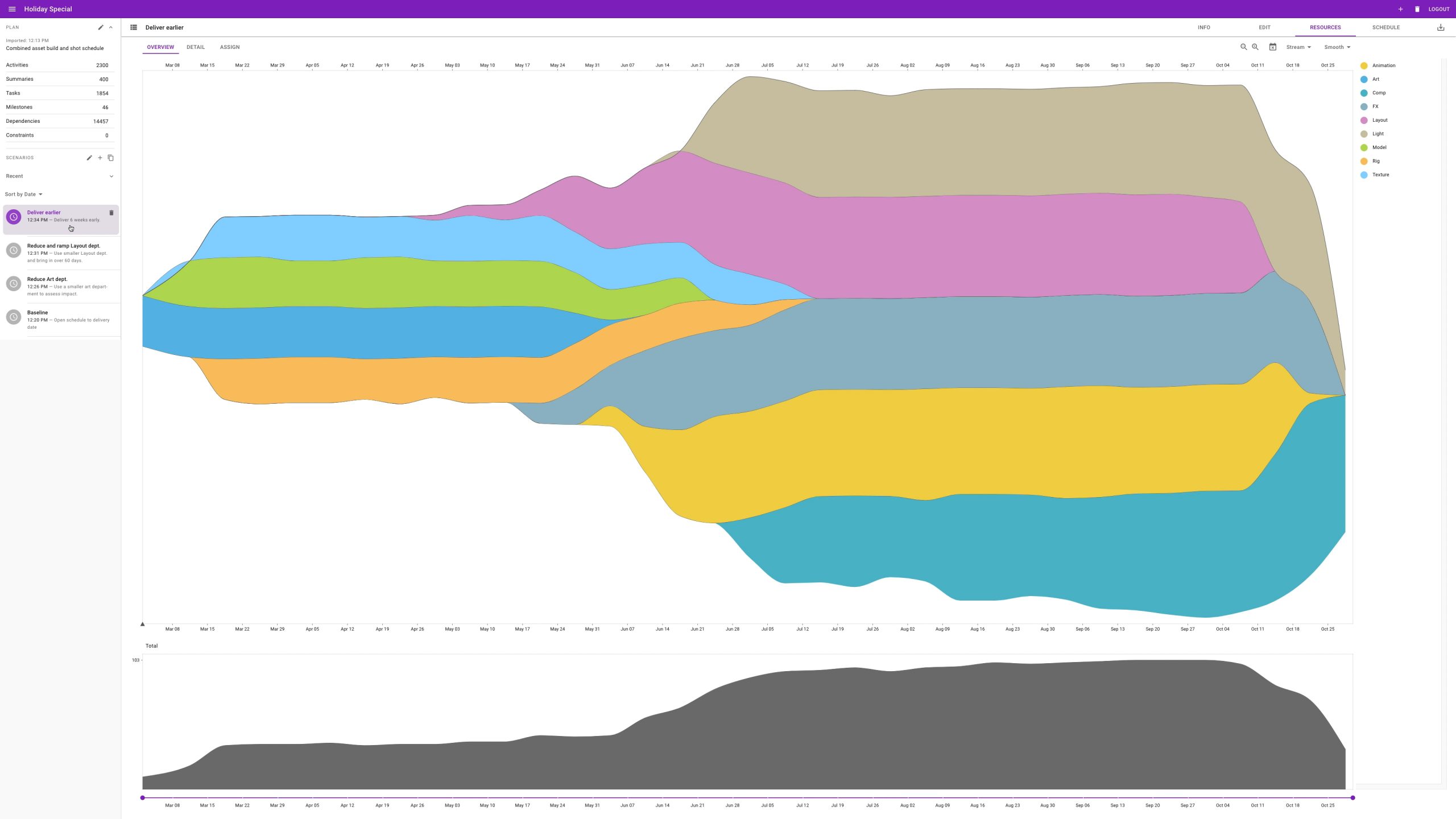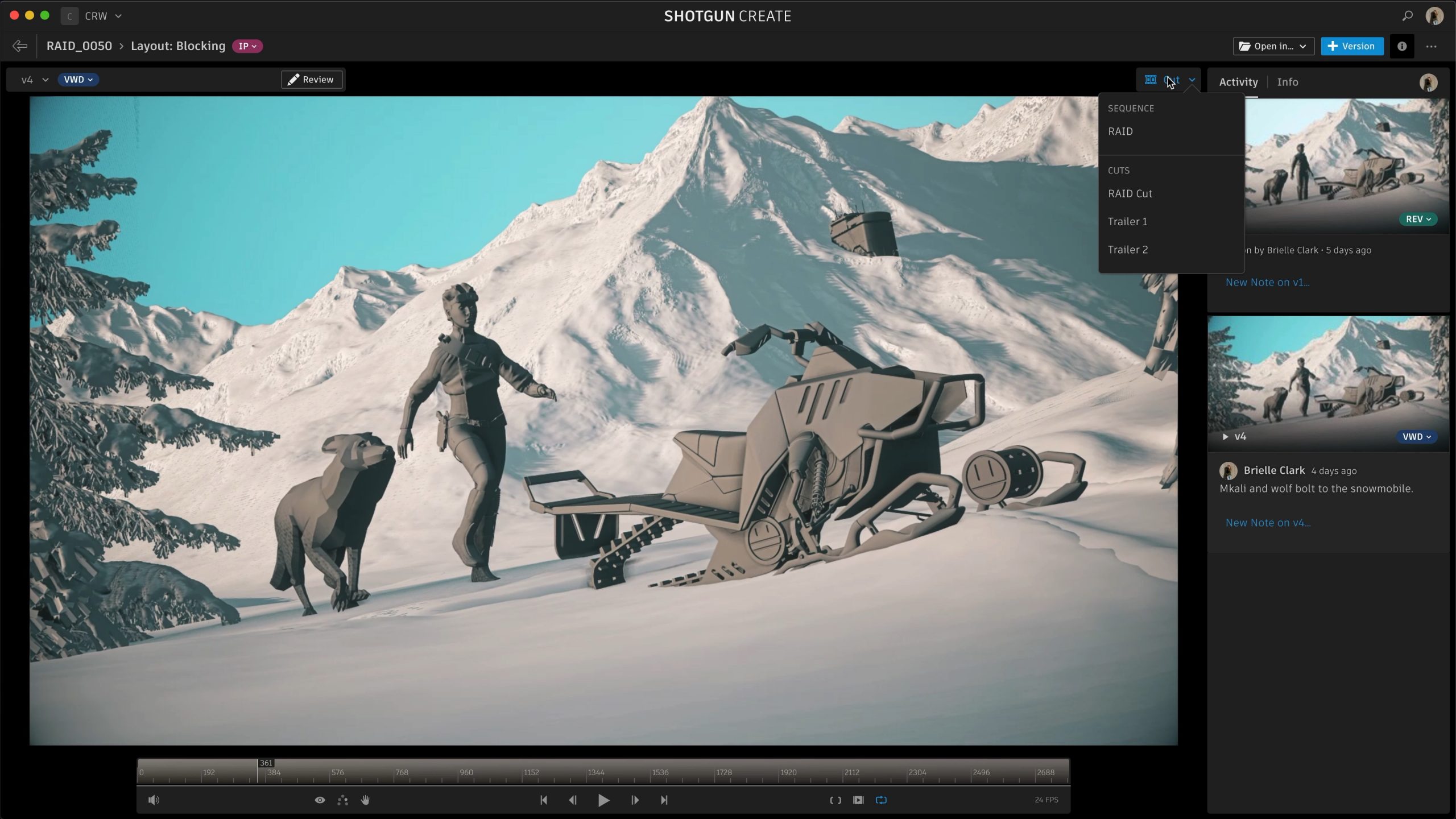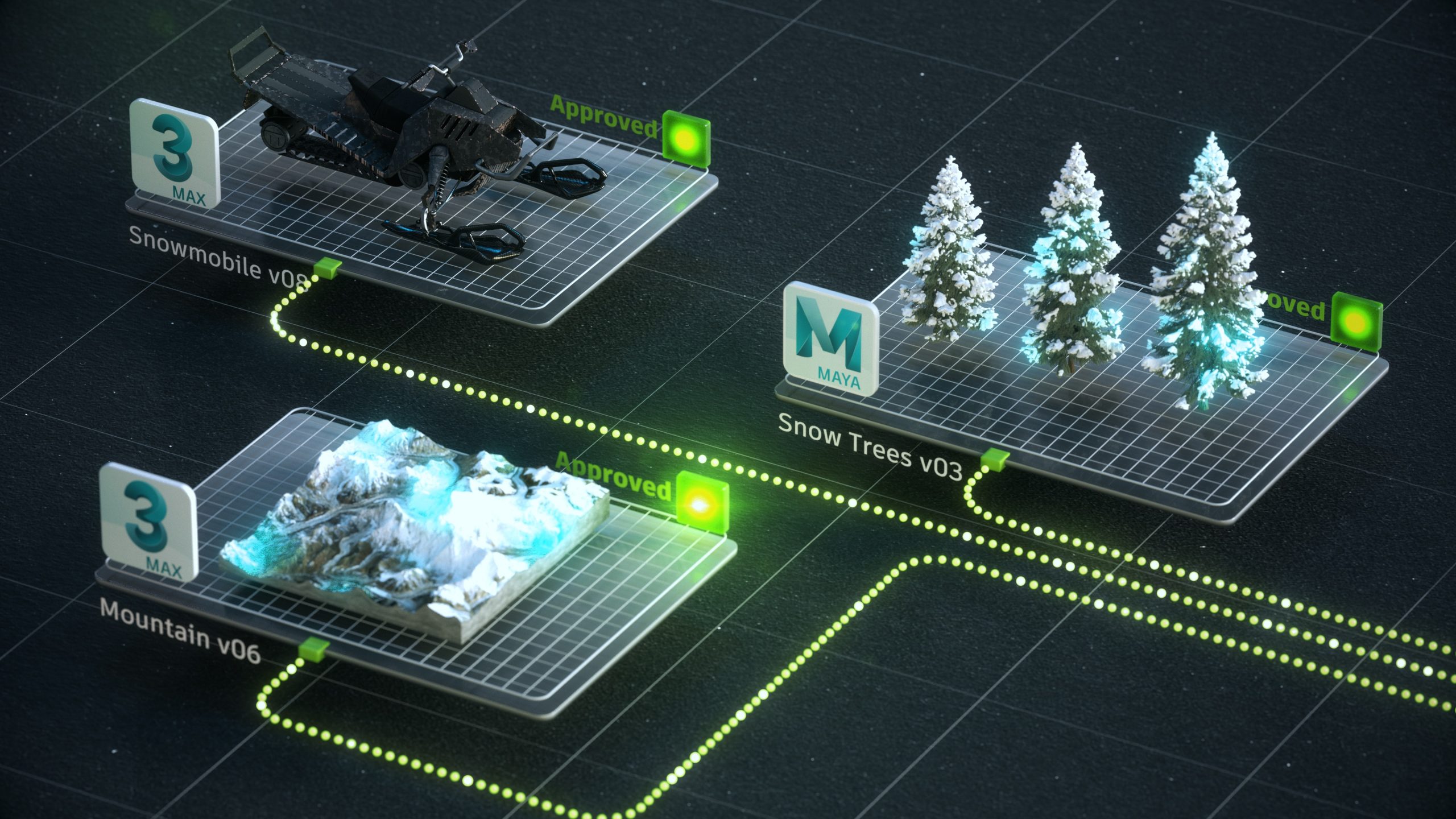Autodesk Shotgun Introduces the Future of Production Management
Â

Generative Scheduling is coming to Shotgun Software
In today’s rapidly evolving production landscape, the demand for more efficient and flexible workflows has never been higher. With a globalized market, new safety protocols on set, and an increasing reliance on cloud-based tools, studios are facing complex challenges in scheduling, resource allocation, and collaboration. To meet these needs, Shotgun Software is introducing generative scheduling powered by machine learning, built upon the acquisition of Consilium technology. This innovation aims to transform how producers plan, bid, and manage their projects with greater accuracy and speed.
Generative Scheduling
Shotgun is taking a major step forward by integrating machine learning into its production management tools. Generative scheduling is now in early testing and promises to revolutionize how teams handle complex scheduling tasks. Instead of manually balancing thousands of tasks, producers can now rely on intelligent algorithms that generate optimized schedules in seconds. This not only saves time but also improves decision-making and adaptability throughout the production cycle.
At LAIKA, a leading stop-motion animation studio based in Portland, OR, the process of creating a film involves managing thousands of assets, sets, and characters. Coordinating all these elements across different teams is no small feat. But with the integration of Consilium's generative scheduling into Shotgun, the team has seen a dramatic shift in efficiency.
"The first time we successfully generated a schedule from Consilium and fed it back into Shotgun was a real breakthrough," said Michael Nowakowski, Pipeline Technical Director at LAIKA. "Instead of spending hours leveling out 12,000 tasks manually, we just hit a button and got a fully optimized schedule. I can already see even bigger improvements coming down the line."
Story-in-Context
Shotgun is enhancing its editorial capabilities by leveraging open standards, allowing VFX artists to review their work within the context of the latest edit. This means that as the edit evolves, VFX teams can quickly respond, track changes, and ensure their work aligns with the current vision of the project. This seamless integration fosters better communication between departments and improves creative decision-making.

Leveraging open standards, enhanced editorial timeline support is coming to Shotgun
Autodesk has long supported open standards, which have helped studios streamline workflows and improve collaboration. These standards are now being used to enhance Shotgun’s editorial timeline support, making it easier for VFX teams to access and review their work in the context of the most recent edit. For example, X2X, a Shotgun partner, developed a plugin that allows direct import of on-set and editorial data from Adobe Premiere Pro into Shotgun, significantly speeding up the review process.
"When you're dealing with hundreds of shot versions per day, being able to select them all and let a tool automatically cut them into the timeline is a game-changer," said Jon Carr, VFX Editor on *Terminator: Dark Fate*. "It makes reviews faster and more efficient, and allows directors and executives to give feedback quicker. What used to take hours now takes minutes."
Asset Lifecycle Management
Shotgun is also investing heavily in asset lifecycle management, aiming to bring full-featured, cloud-based asset sharing and tracking to the platform. Built on Autodesk’s Forge platform, this new feature will allow studios to manage and share assets across teams and studios throughout the entire project lifecycle. This is especially important for large-scale productions where multiple teams need access to the same assets and dependencies.

New tech in Shotgun will allow studios to share and manage assets across teams and studios in the cloud
The entertainment industry is moving fast, and Shotgun is keeping pace with cutting-edge features like generative scheduling, story-in-context, and asset lifecycle management. These innovations not only address current challenges but also point toward the future of production management. For more details, visit www.shotgunsoftware.com.
Â
PU resin, also known as polyurethane resin, is widely used in the production of synthetic leather. Synthetic leather, also referred to as faux leather or artificial leather, is a man-made fabric that imitates the appearance and feel of genuine leather. PU resin is a key component in the manufacturing process of synthetic leather, as it provides the material with its durability, flexibility, and water resistance.
The process of producing synthetic leather involves coating a fabric substrate, such as polyester or nylon, with a layer of PU resin. This resin is typically applied in liquid form and then undergoes a curing process to solidify and bond with the fabric. The resulting material has a leather-like texture and appearance.
PU resin offers several advantages for synthetic leather production. It has excellent abrasion resistance, making the synthetic leather more durable and long-lasting. It also provides flexibility, allowing the material to be easily shaped and molded into different forms. Additionally, PU resin offers good water resistance, preventing the synthetic leather from absorbing moisture and becoming damaged.
Moreover, PU resin can be customized to achieve different finishes and textures, such as smooth, grainy, or embossed patterns, depending on the desired aesthetic. It can also be colored in various shades to mimic different types of leather. This versatility makes PU resin a popular choice for synthetic leather manufacturers.
Overall, PU resin plays a crucial role in the production of synthetic leather, providing the material with its desirable qualities of durability, flexibility, and water resistance.
Adhesive Layer Pu Reins,Dry-Process Adhesive Layer,Two Component Pu Resins,Dry-Process Pu Resin
XUCHUAN CHEMICAL(SUZHOU) CO., LTD , https://www.xuchuanchem.com